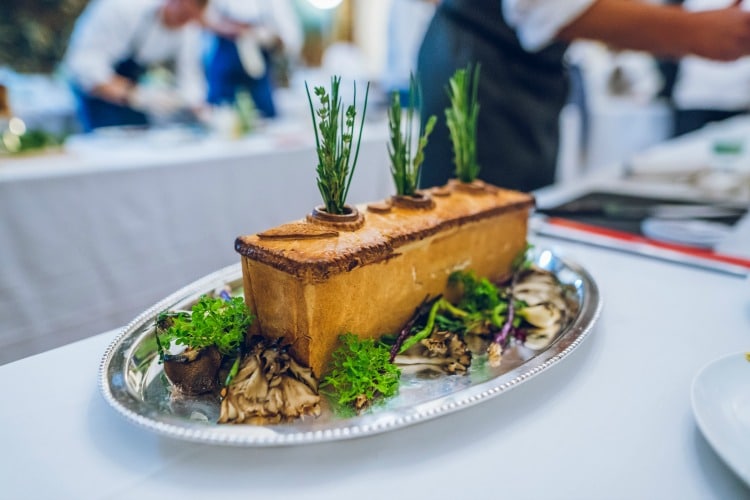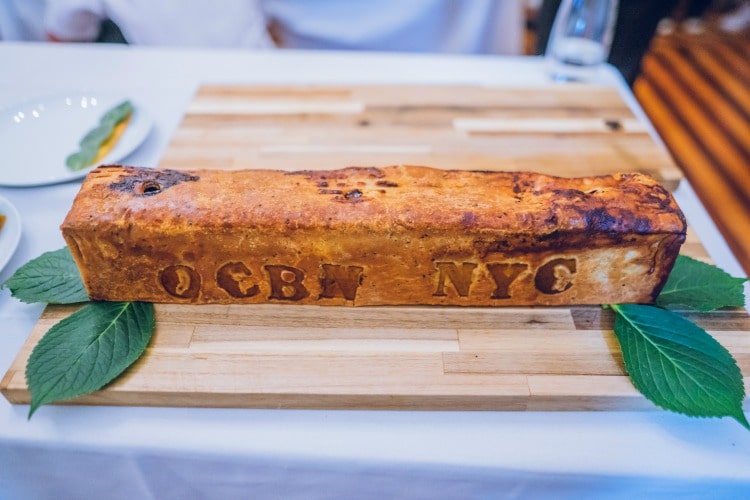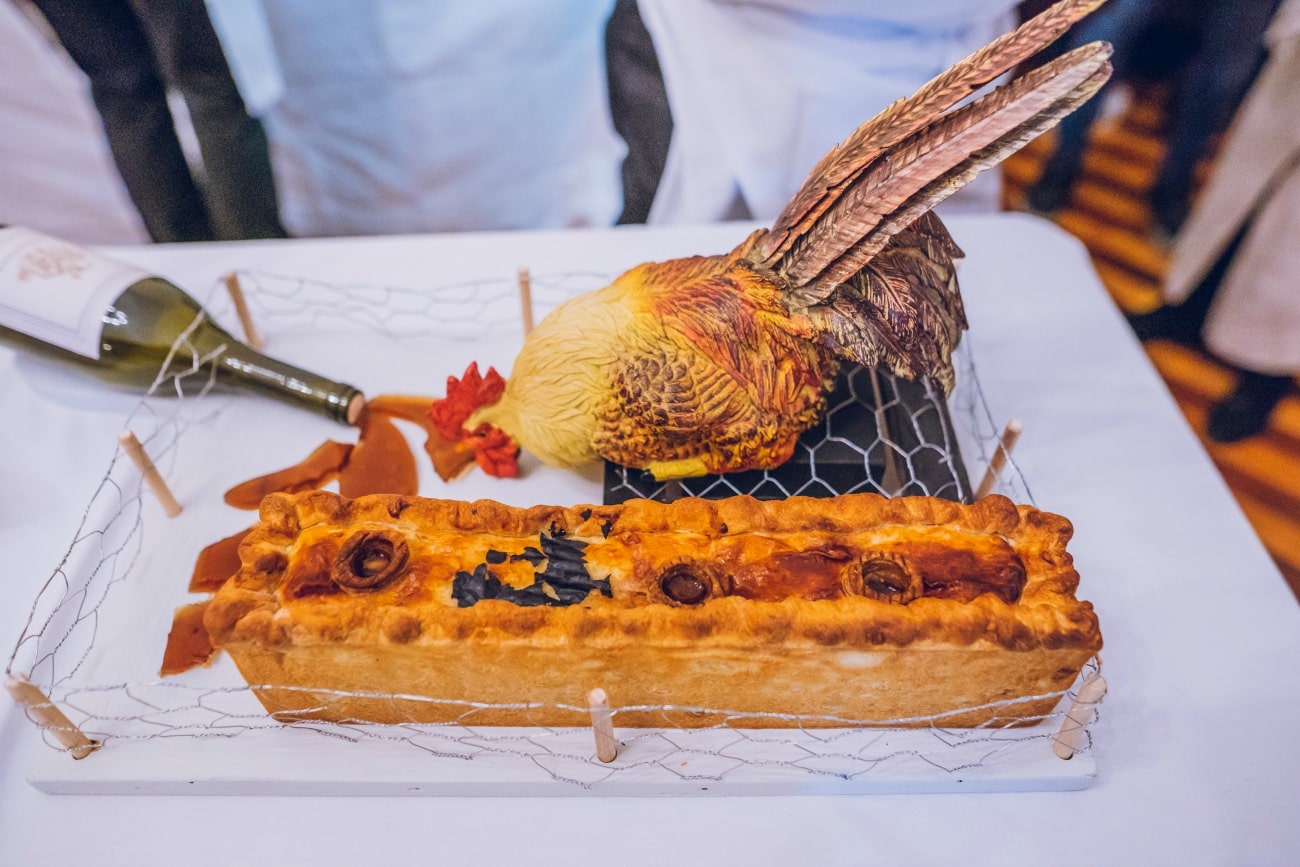Three U.S. chefs will be showing off their French gourmet training at the International Pâté en Croûte Competition on December 2, in Lyon, France. Chef Christian Welch of Kingbird in Washington D.C. took top honors at the North American competition this year. He’ll be joined by Laetitia Rouabah of Benoit in New York City and Pierre Calmels of Bibou BYOB in Philadelphia and will be competing with top chefs from all over the world.

The Pâté en Croûte
Creating a Pâté en Croûte demands culinary proficiency along with refined pastry making skills. According to Ariane Daguin, founder of D’Artagnan, one of the organizers of the North American competition, “The process epitomizes all the qualities required to be an excellent chef: Discipline (necessary for following a recipe exactly), Technique (rolling out the dough to exact thickness, grinding the stuffing to the precise size and perfectly reducing the gelée and straining it), Experience (deftly assembling all the parts and watching cooking time and temperature so that dough is perfectly crisp and stuffing moist), and Creativity (marrying different meats, game and poultry with fruits, herbs and spices that complement each other). The winner of the competition is not just winning a contest but is being recognized for having these essential qualities.”

Celebrating the 10th Anniversary
This year marks the tenth anniversary of the Pâté en Croûte Competition! In 2009, four friends from Lyon actually formed the Brotherhood of Pâté en Croûte (La Confrerie du Pâté Croûte) to preserve the heritage of this form of charcuterie. In
establishing the world competition, they laid out rigorous rules to help identify the
best examples of the dish through a series of qualifying rounds, leading up to the
international finals. Only food professionals are invited to participate, and blind tastings are conducted by experienced judges.
Any time of year, Lyon is certainly one of France’s most noted gastronomic destinations. Learn about the city’s rich history and how it has influenced French cuisine through the Squire’s guide to “France’s Second City.”

